The views expressed in our content reflect individual perspectives and do not represent the authoritative views of the Baha'i Faith.
In many different Indigenous beliefs, the figure of the trickster plays an important role: a crosser of boundaries, a holder of secret knowledge, one who disrupts normal life and re-establishes it in new ways.
This role resonates with the historical and spiritual role of the messengers of God throughout history, who bring new teachings to humanity and thereby transform the previous life of all people into something completely different and more evolved than ever before. As Abdu’l-Baha said in a speech he gave at Washington D.C.’s Universalist Church in 1912:
All the Prophets of God, including Jesus Christ, appeared in the world for the education of humanity, to develop immature souls into maturity, to transform the ignorant of mankind into the knowing, thereby establishing love and unity through divine education and training.
In this installment of our ongoing series on the Indigenous messengers of God, we explore the figure of the trickster, especially in the case of Gluskap, the Indigenous prophet for the Mi’kmaq people of America’s and Canada’s Northeastern woodlands.
RELATED: Why We Need to Learn About Native American Prophets
Q: Kevin, in your autobiography, “Arising,” you recount an interesting, humorous story about an Indigenous “trickster” figure, called Iktomi — in the form of a tribal “joke”:
After the Lunar landing in 1969, officials from NASA visited the people of rural Indian tribes who did not have access to television or news. They showed the people footage of the lunar landing. Unbeknownst to them, according to Indian tales of Iktomi, the trickster, the people who fell under Iktomi’s trap and committed immoral acts were punished by being banished to the moon.
One elder remarked to these officials that his people had already been on the moon for many generations. “Send a message to our relatives on the moon,” he told the officials. “Tell them first that we forgive them for their crimes and they are welcome to come back for a grand reunion powwow and feast. And second, most important of all, tell them this—”He waited a moment before he said emphatically: “Don’t sign anything.”
“Don’t sign anything” became a humorous, ironic refrain—but it reflected the historically rooted fear among Indigenous Americans of signing any type of documentation. Even the Baha’i declaration card would have been repugnant to many.” (Excerpt From: Kevin Locke, Arising, Apple Books.)
Kevin, talking about tricksters is a little tricky, because I’m not sure that I understand what tricksters are all about. In some traditions, an Indigenous messenger of God may also be important as a trickster figure. In our Indigenous Messengers of God series so far, we have not really talked about the role of tricksters in Indigenous sacred traditions. Can you address it?
A: In most cases I’m familiar with, especially with the Lakota trickster, Iktomi, the role of the trickster is straightforward in embodying the insistent or appetitive lower nature or ego. As such, the trickster becomes the reminder of how the ego ensnares and entraps when the reins of vigilance and restraint are compromised. The trickster stories are episodic, one leading to the next, and fully illustrate to the listener where certain behaviors will lead. The concept of the trickster being also a culture hero/lawgiver is very unfamiliar to me.
Q: One example of a trickster/transformer figure, who also a culture hero/lawgiver, is “Glooscap”–a name that has several different spellings.
For more information, see:
- The Legend of the Eastern Algonquian Holy Man Gluskap
- Gluskap the Indigenous Messenger: Tall Tales, or Timeless Truths?
- Gluskap: Ancient and Modern Teachings
The spelling that we chose was simply because we had to make a choice of which spelling to use, and so we used the spelling adopted by the Maine Historical Society, and also by the Native Languages of the Americas, a small non-profit organization dedicated to preserving and promoting the indigenous languages of the Western Hemisphere.
The other day, you and I talked about online educational videos that portray stories about various tricksters—also referred to as “transformers.” These two are examples:
“Glooscap and the Chickadees: A Nitap Animated Mi’gmaq Story” (“told by Gilbert Sewell, a Mi’gmaq elder of Pabineau First Nation with Artwork by his daughter Phyllis Grant.”)
“Glooscap and the Warrior Kinap,” in the animated “Tales of the First People.”
Could you please comment on the significance of these Indigenous stories?
A: In the first story, Glooscap changes autumn leaves into chickadees for the amusement of the children. I suspect that there may be a deeper meaning not conveyed in this simplistic account of the story. Usually the leaves, or the trees from which they came, have some underlying significance of great importance to the people. Also the habits and behavior of the chickadee are said to imbue the people with profound spiritual insights—especially the song of the chickadee, which is very melodic and expresses significant messages to the people. I am not familiar with these traditions, but I suspect that the true meaning of this story is missing in this telling.
The other story is equally superficial. This type of story is used to teach much about the nature of humankind and our superficial ambitions. In the end, the Warrior Kinap’s wish for immortality is granted by Glooscap through his transformation of Kinap into a cedar tree. But the biggest and most significant part of this story is missing, because the cedar is the symbol of immortality, and so this narrative must have served as the perfect entrée into an exploration of the significance of the cedar, yet this telling entirely omits that most important feature.
RELATED: How Chief Sitting Bull’s Great-Great-Granddaughter Became the First Lakota Baha’i
Q: In 1893, Joseph Nicolar, who served as the representative to the Maine State Legislature, self-published “The Life and Traditions of the Red Man,” with his own limited funds. This book was re-published in 2007 by Duke University Press: Annette Kolodny (ed.), Joseph Nicolar, Charles Norman Shay, and Bonnie D. Newsom, The Life and Traditions of the Red Man: A rediscovered treasure of Native American literature. Nicolar wrote extensively about “Klose-kur-beh” (i.e. Gluskap), which means “The Man from Nothing,” and stated, in part:
The teaching of the Great Being to Klose-kur-beh was very lengthy. In the first seven nights the Great Being made known to Klose-kur-beh that the world was all spiritual, that there was a living spirit in all things, and the spirit of all things has power over all, and as the spirit of all things center in Him, he was the Great Spirit, by His will, all things move, all power comes from Him; and he—“Klose-kur-beh” must teach the people that there is but one Great Spirit. . . .
Three things of Klose-kur-beh’s teaching are held more sacred than all others.
The first was the power of the Great Spirit.
Second, the land the Great Spirit gave them they must never leave, and the third, they must never forget their first mother, but must always show the love they have for her, and all work must cease during the observances of her honor. (1893 edition, pp. 13–15.)
Similarly, Baha’u’llah wrote:
That one indeed is a man who, today, dedicateth himself to the service of the entire human race. The Great Being saith: Blessed and happy is he that ariseth to promote the best interests of the peoples and kindreds of the earth. In another passage He hath proclaimed: It is not for him to pride himself who loveth his own country, but rather for him who loveth the whole world. The earth is but one country, and mankind its citizens.
As we can see, the messages of the holy messengers of God have a great deal in common.


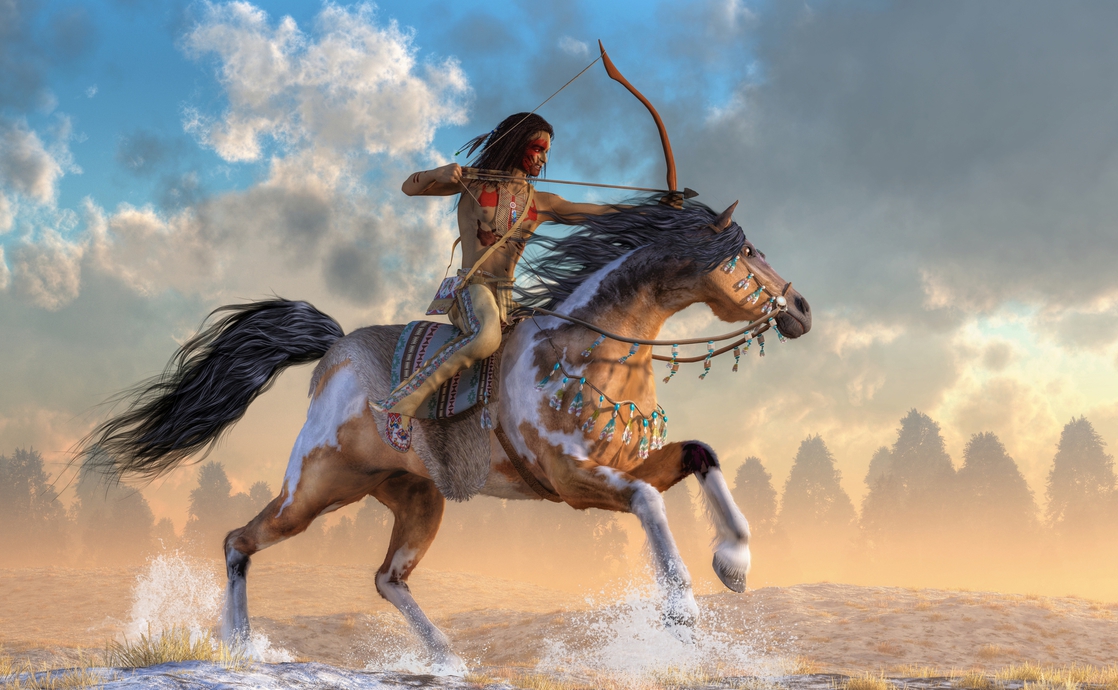

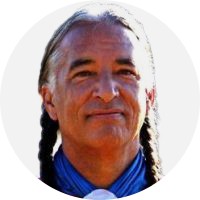



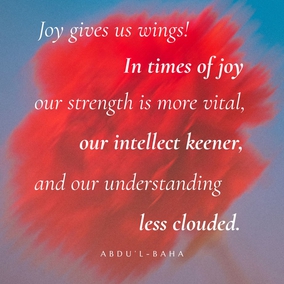

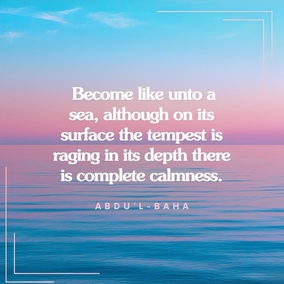

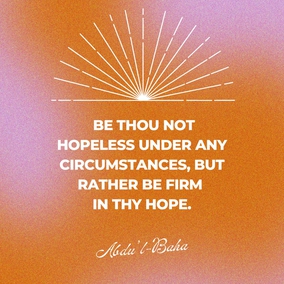
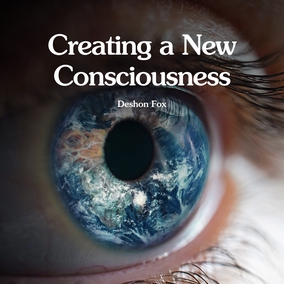



Comments
Sign in or create an account
Continue with Googleor